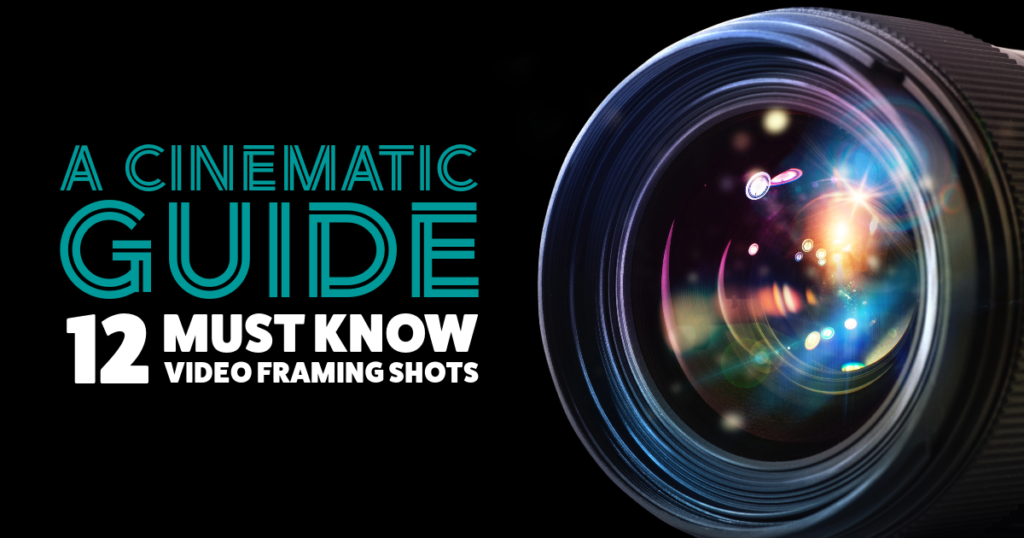Video framing shots and movements play a crucial role in cinematography, allowing filmmakers to convey emotions, tell compelling stories, and immerse the audience in their narratives. From static shots to dynamic movements, each technique serves a distinct purpose and can significantly impact the overall visual experience. In this article, we will explore the various types of video framing shots and movements and delve into how they can be used effectively to create powerful and engaging videos and creative production.
Video Framing Techniques - How and Why
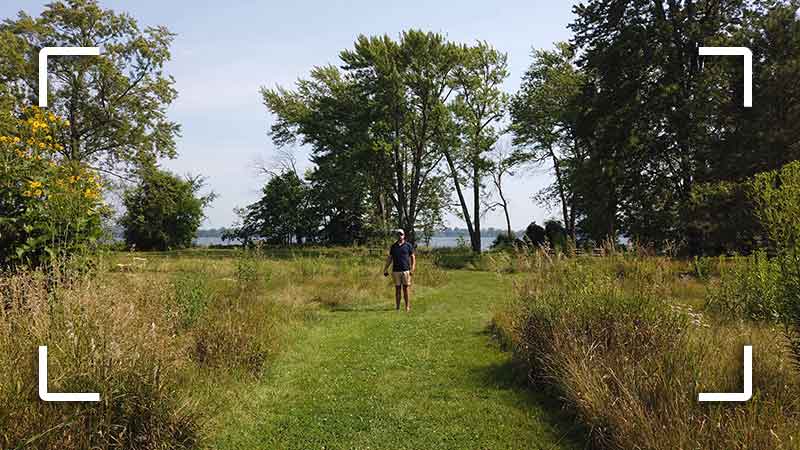
Wide Shot (Establishing Shot):
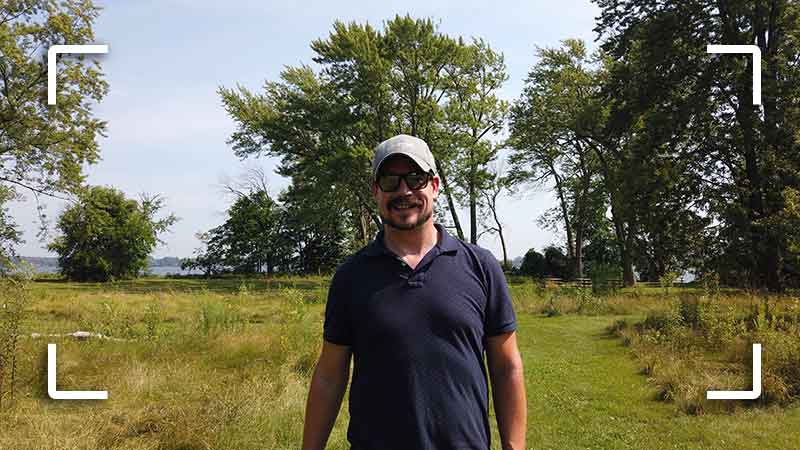
Medium Shot:

Close-Up Shot:
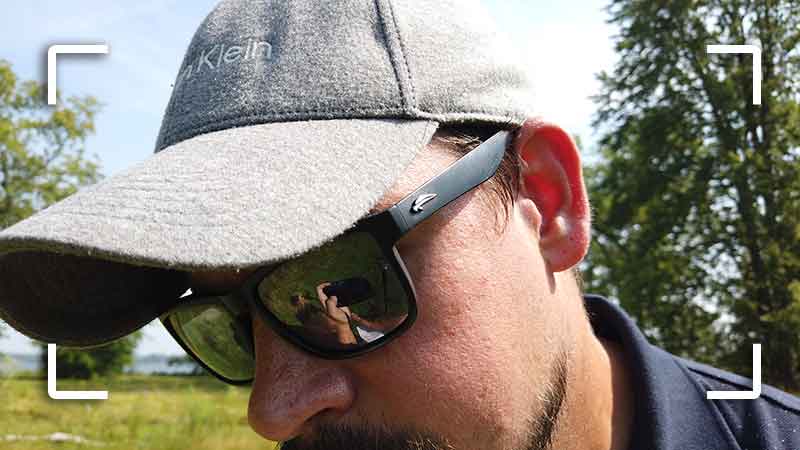
Extreme Close-Up Shot:
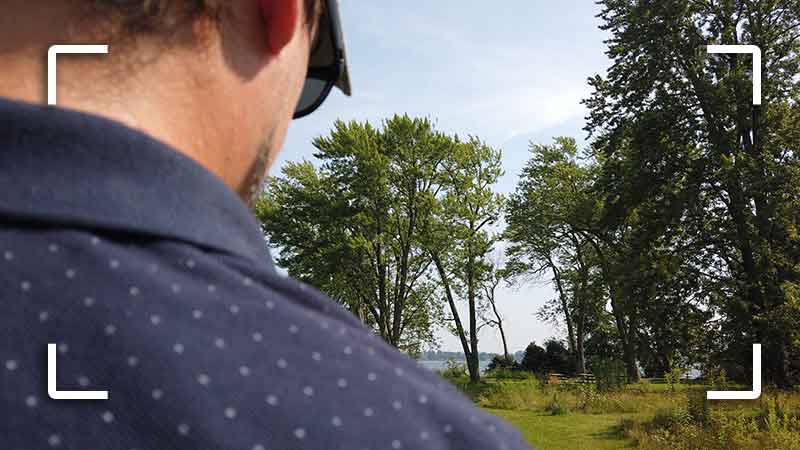
Two-Shot (Over-the-Shoulder Shot):
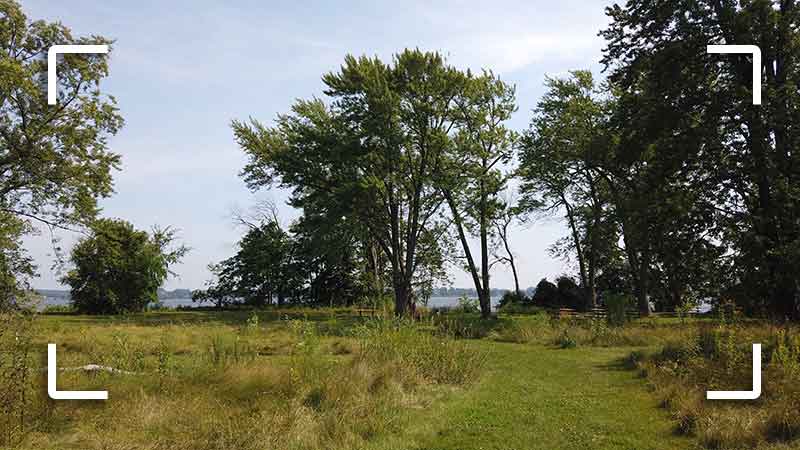
Point-of-View (POV) Shot:
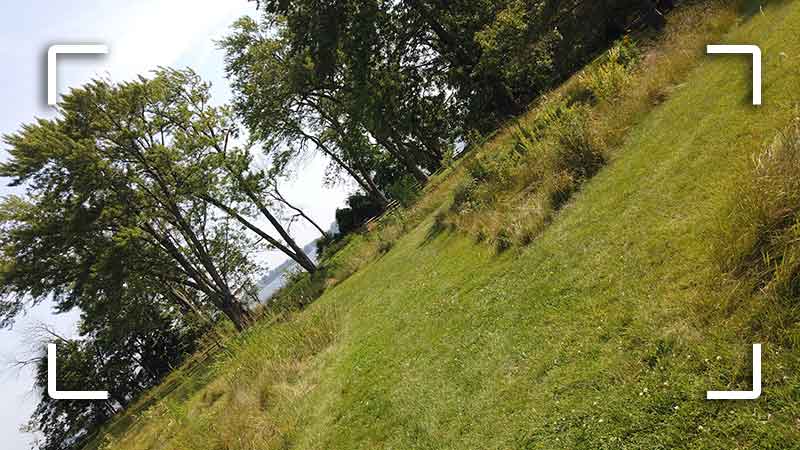
Dutch Angle (Tilt Shot):
Tracking Shot:
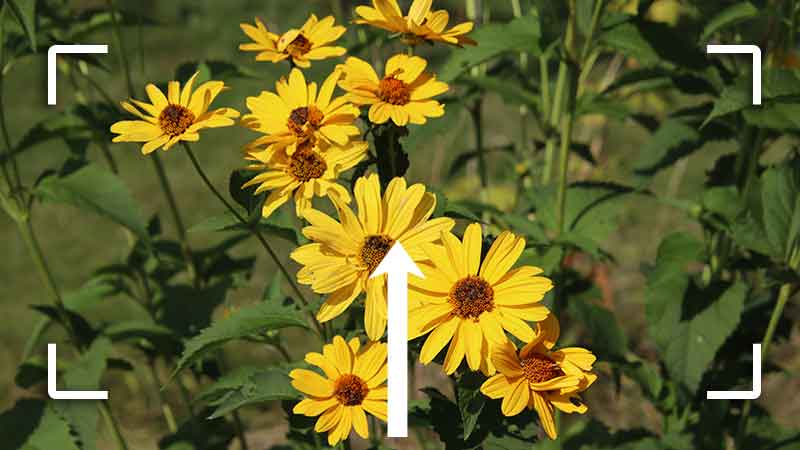
Dolly Shot (Trucking Shot):
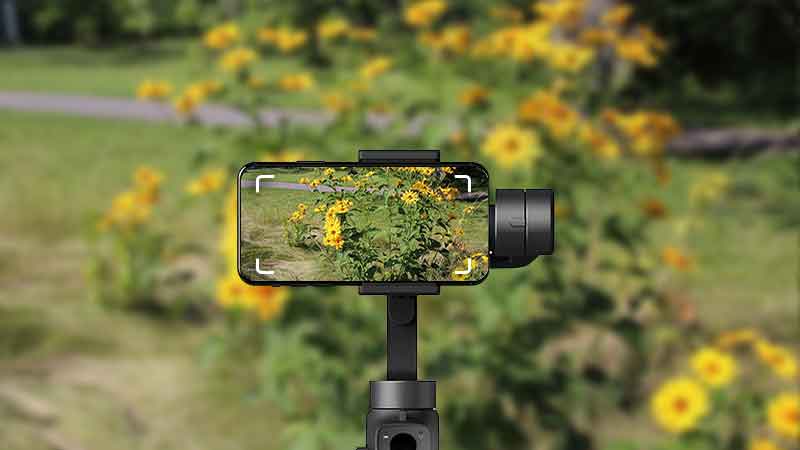
Steadicam Shot:
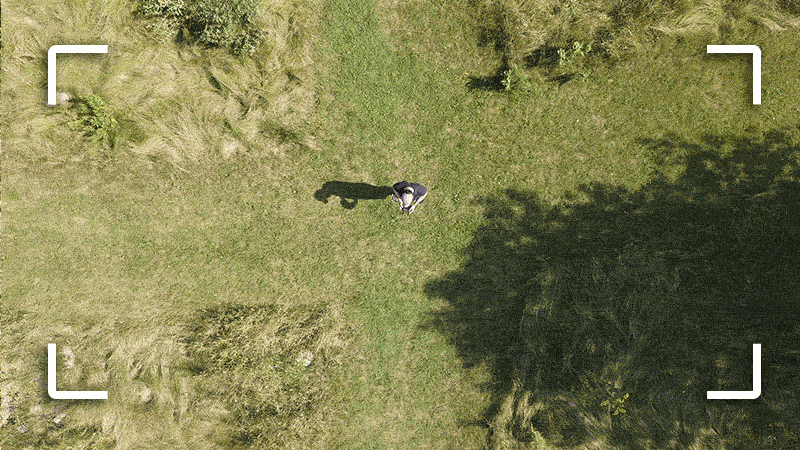
Crane Shot:
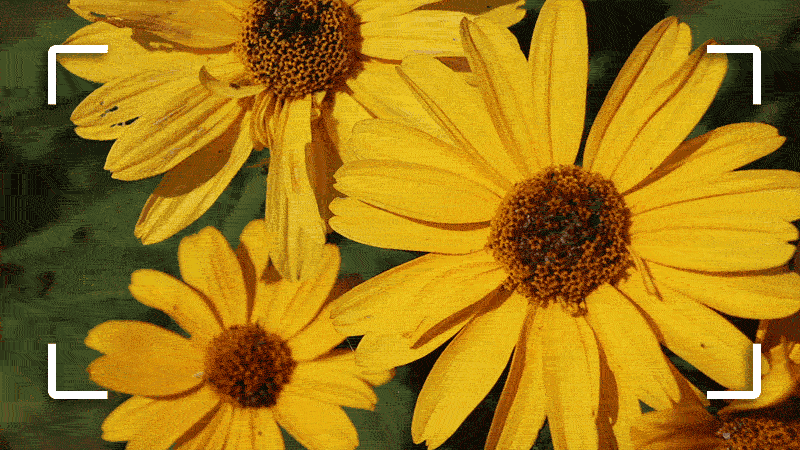
Zoom Shot:
Understanding the various video framing shots and movements is essential for filmmakers and videographers to effectively tell their stories and evoke emotions from the audience. Each technique serves a specific purpose, and their careful application can elevate the visual impact of any video project. By mastering these techniques and using them thoughtfully, filmmakers can craft visually stunning and emotionally engaging brand marketing strategic narratives that leave a lasting impression on their viewers.

